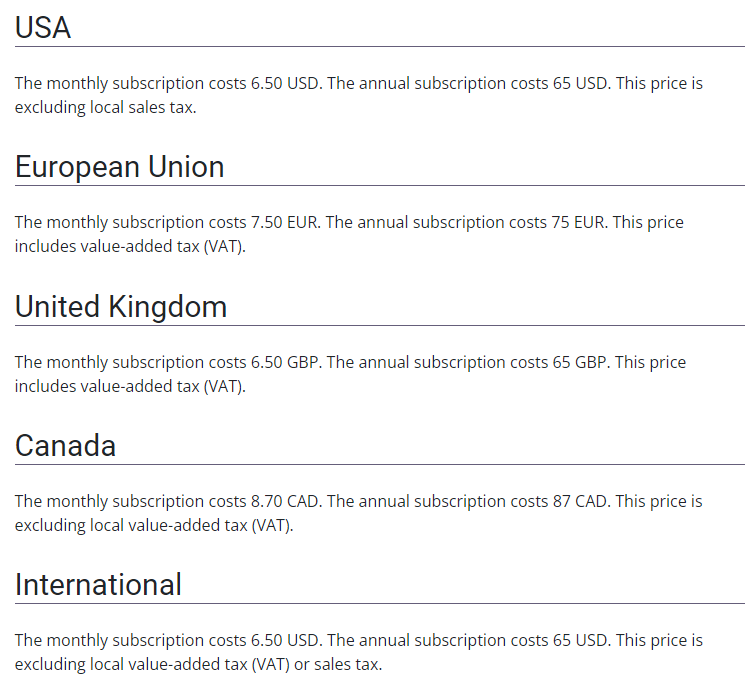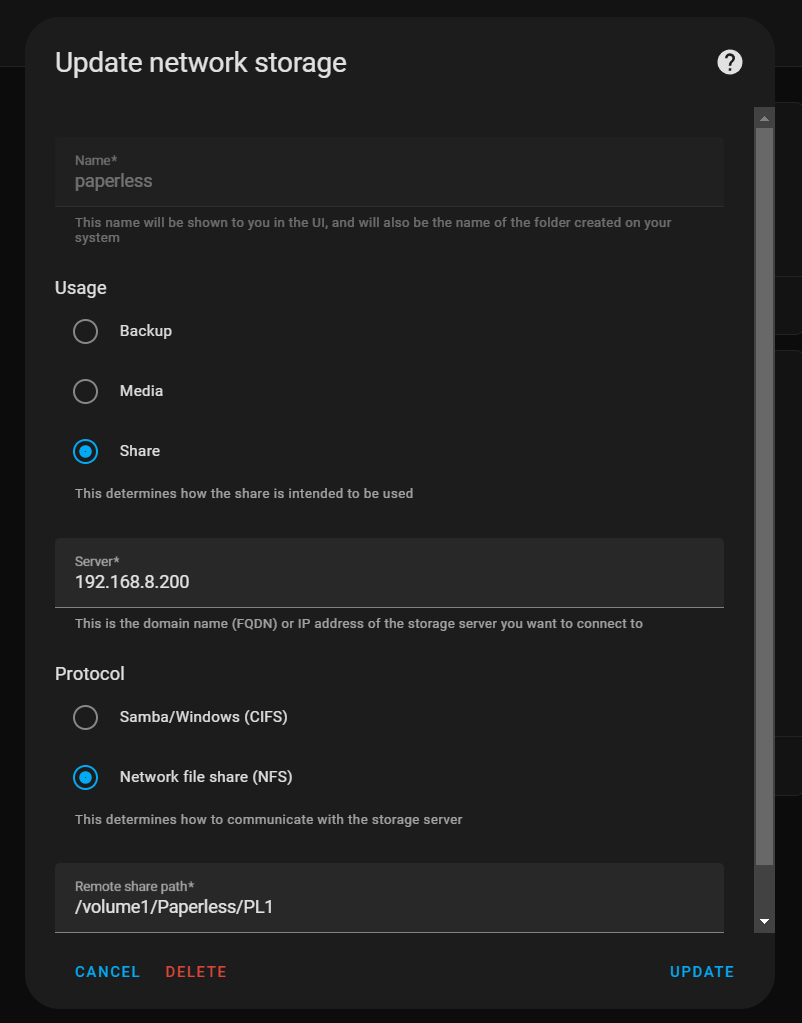Some of the links shared in this post are affiliate links. If you click on the link and make a purchase, we will receive an affiliate commission at no additional cost to you.
Home Assistant is a popular open source platform for home automation that focuses on data protection and flexibility. However, many users are faced with the question of how to securely and conveniently gain external access to their Home Assistant setup. Two of the most commonly used solutions are the Nabu Casa subscription and the use of Cloudflare. In this article, we compare both options, with a particular focus on voice assistant integration and the use of webhooks.
Comparison between the Nabu Casa subscription and the Cloudflare solution for external access to Home Assistant
In addition to the Nabu Casa subscription and the Cloudflare tunnel solution, there is of course the option of sharing Homeassistant directly via a reverse proxy.
Nabu Casa subscription
Nabu Casa, the company behind Home Assistant, offers a subscription that provides some useful features for Home Assistant users. The most important features of the Nabu Casa subscription are:
- Secure remote access: The Nabu Casa subscription enables secure remote access to Home Assistant without having to worry about setting up port forwarding or dynamic DNS. All traffic is routed and encrypted via the Nabu Casa servers.
- Integration of voice assistants: A major benefit of the Nabu Casa subscription is the seamless integration with voice assistants such as Amazon Alexa and Google Assistant. Nabu Casa offers a simple configuration that makes it possible to control home assistant entities directly via the voice assistants without having to set up a cloud service or configure API access yourself.
- Webhooks: The Nabu Casa subscription enables the use of webhooks to send events from external services to Home Assistant. This can be used for automations and notifications.
- Supporting the project: With a Nabu Casa subscription, you directly support the development of Home Assistant and regularly receive new functions and updates.
Advantages of the Nabu Casa subscription
- Simplicity and user-friendliness: Setup is carried out directly via the Home Assistant user interface and is completed in just a few minutes.
- Direct voice assistant integration: No need for manual configuration or management of OAuth tokens and SSL certificates.
- Data protection: No personal data is passed on to third parties and all communication is encrypted via the Nabu Casa servers.
- Support for webhooks: Easy creation and use of webhooks for automation and integration of external services.
Disadvantages of the Nabu Casa subscription
- Cost: The subscription costs about 5 USD per month, which may be a hurdle for some users.
- Dependence on a third-party provider: Although Nabu Casa is closely linked to Home Assistant, it remains an external service that could theoretically be discontinued overnight.

Cloudflare tunnel solution
Cloudflare is a well-known provider of content delivery networks (CDN) and DDoS protection services. With Cloudflare Tunnel, Cloudflare offers a solution for secure remote access to Home Assistant without having to open ports in the home network.
- Cloudflare Tunnel: Using Cloudflare Tunnel makes it possible to create a secure, encrypted tunnel between the home network and the Cloudflare servers. This provides an additional layer of security and avoids the need for port forwarding.
- Integration of voice assistants: Integrating voice assistants such as Alexa and Google Assistant via Cloudflare is possible, but more complicated. You either have to set up the home assistant cloud integrations manually or create your own solution using the voice assistants’ APIs. This requires advanced knowledge and manual management of certificates and OAuth tokens.
- Webhooks: Cloudflare supports the use of webhooks to process automated events. You can send webhooks directly to Home Assistant via the Cloudflare domain and thus seamlessly integrate external services.
Advantages of the Cloudflare solution
- Free of charge (up to a certain extent): Cloudflare Tunnel is generally free to use as long as you don’t need advanced features or a high number of requests.
- Flexibility: Cloudflare offers more control over your own setup and allows you to use your own domains, advanced DNS features and comprehensive security features.
- Security: Cloudflare Tunnel provides a high level of security against DDoS attacks and other threats.
Disadvantages of the Cloudflare solution
- Complexity: Setting up Cloudflare Tunnel and manually configuring voice assistants requires technical knowledge and time.
- No native voice assistant integration: Unlike Nabu Casa, you have to manage and configure the integration with Alexa and Google Assistant yourself, which can be a challenge for less tech-savvy users.
- Dependence on an external CDN provider: As with any solution provided by a third-party provider, there is a certain dependency.
Nginx Proxy Manager solution

Another way to make Home Assistant externally accessible is to use the Nginx Proxy Manager (NPM). This solution is aimed at users who prefer their own, cost-effective and flexible method of securing external access and do not want to be dependent on external services such as Nabu Casa or Cloudflare. In general, the points can be applied to any reverse proxy.
What is the Nginx Proxy Manager?
The Nginx Proxy Manager is an easy-to-configure reverse proxy and web server based on Nginx. It offers a user-friendly web interface for managing proxy hosts, SSL certificates, web sockets and much more. This solution is particularly suitable for users who already operate their own server or NAS (e.g. Synology, QNAP) and want to host their home automation solution themselves at low cost and with maximum control.
Advantages of using the Nginx Proxy Manager
- Full control over the configuration: With the Nginx Proxy Manager, you have full control over your own network and security configurations. You can make specific settings to meet the requirements of your home network and home assistant setups.
- Free to use: The Nginx Proxy Manager is free and open source. There are no monthly subscription fees and you are not dependent on an external service.
- Support for SSL certificates: The Nginx Proxy Manager enables the easy provision and management of SSL certificates, including the automatic renewal of Let’s Encrypt certificates. This ensures a secure, encrypted connection to Home Assistant.
- Compatibility with websockets: The Nginx Proxy Manager supports websockets, which are crucial for the operation of Home Assistant as they are used for real-time communication between the frontend and the backend.
- Flexibility when using your own domains: You can use your own domains and direct them to your own IP address using DNS entries to enable access to Home Assistant.
Disadvantages of using the Nginx Proxy Manager
- Increased complexity and manual setup: Using the Nginx Proxy Manager requires technical knowledge and time to set up. You need to be familiar with port forwarding, DNS settings and SSL certificates to ensure a secure configuration.
- Security risks if not configured correctly: If not configured correctly, direct access to Home Assistant via the Internet can entail security risks. An incorrectly configured firewall or inadequate protection against brute force attacks can make the system vulnerable to attacks.
- No native integration for voice assistants: Unlike Nabu Casa, the Nginx Proxy Manager does not offer native integration for Amazon Alexa or Google Assistant. You still have to implement your own solutions for API connections and OAuth token management.
Comparison of voice assistant integration

- Nabu Casa: Provides a ready-to-use solution for the integration of voice assistants. No additional management or configuration required. Ideal for users looking for a simple and reliable connection to Amazon Alexa and Google Assistant.
- Cloudflare: Enables voice assistant integration via manual configuration and custom implementations only. This method requires technical knowledge and is time-consuming, but offers the possibility of complete control over the integration and configuration.
- Nginx Proxy Manager: The integration of voice assistants such as Amazon Alexa or Google Assistant via the Nginx Proxy Manager is possible, but more complex. You have to use your own domains and ensure that the API calls are forwarded correctly to Home Assistant. In addition, you have to manage OAuth tokens manually and ensure that the certificates for secure communication are set up correctly.
Comparison of the webhooks
Webhooks are HTTP-based “callbacks” that allow automated messages or information to be sent from one service to another as soon as a certain event occurs. They are often used to process events in real time by calling a URL that points to a server to trigger actions or transmit data.
Use of webhooks in Home Assistant
In Home Assistant, webhooks are used to integrate external services or devices into automations. With webhooks, Home Assistant can react to external events, such as
- Integration of external services: Webhooks can be used to receive events from external services such as IFTTT, GitHub or your own server. For example, a GitHub webhook can be used to notify Home Assistant when a new code update is published.
- Automation triggers: They serve as triggers for automations in Home Assistant. An incoming webhook can trigger certain actions, such as switching on lights, sending notifications or starting a script when a specific event is detected.
- Remote control of devices: Webhooks enable the control of home assistant entities (such as lamps, thermostats or alarm systems) by external applications or services that send an HTTP request to the configured URL.
Comparison of the three solutions for webhooks
- Nabu Casa: Webhooks are easy to create and manage. They offer a simple way to integrate and automate external events in Home Assistant.
- Cloudflare: Webhooks can also be used, but the setup requires some additional configuration and the use of Cloudflare services. The flexibility is greater, but so is the complexity.
- Nginx Proxy Manager: The use of webhooks with the Nginx Proxy Manager is flexible and enables the integration of external services in Home Assistant. You can set up webhooks via your own domains and route the data streams to Home Assistant via the Nginx Proxy Manager. The configuration of webhooks is as individual and customizable as the general proxy configuration.
Conclusion
Both solutions offer secure options for external access to Home Assistant, but the choice depends heavily on individual requirements and technical know-how:
- Nabu Casa subscription: Ideal for users who are looking for a simple, ready-to-use solution with minimal effort and are willing to pay a monthly fee. Particularly suitable if the integration of voice assistants plays an important role.
- Cloudflare solution: Perfect for tech-savvy users who want more control over their setup and are willing to invest time and effort in configuration. This solution is cost-effective, but does not offer native support for voice assistants.
- Nginx Proxy Manager: Using the Nginx Proxy Manager to access Home Assistant directly is a powerful and flexible option for tech-savvy users who want full control over their own network and security infrastructure. It offers a cost-effective alternative to the other options, but also comes with the responsibility of correct and secure configuration. For users who are willing to put in the extra effort and take care of security issues themselves, the Nginx Proxy Manager can be an excellent solution.
Ultimately, the choice depends on whether you place more value on simplicity and convenience (Nabu Casa) or flexibility and cost savings (Cloudflare).






